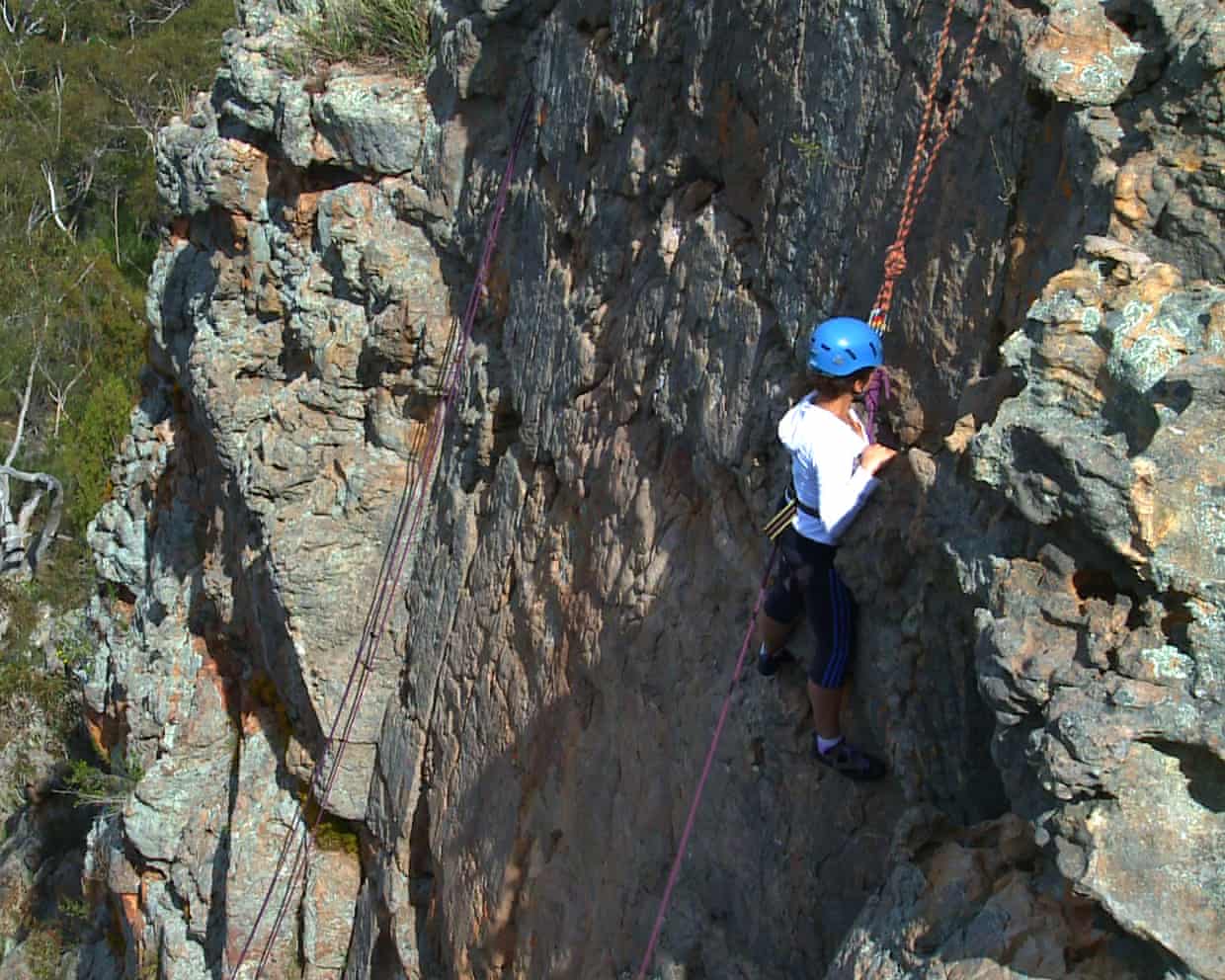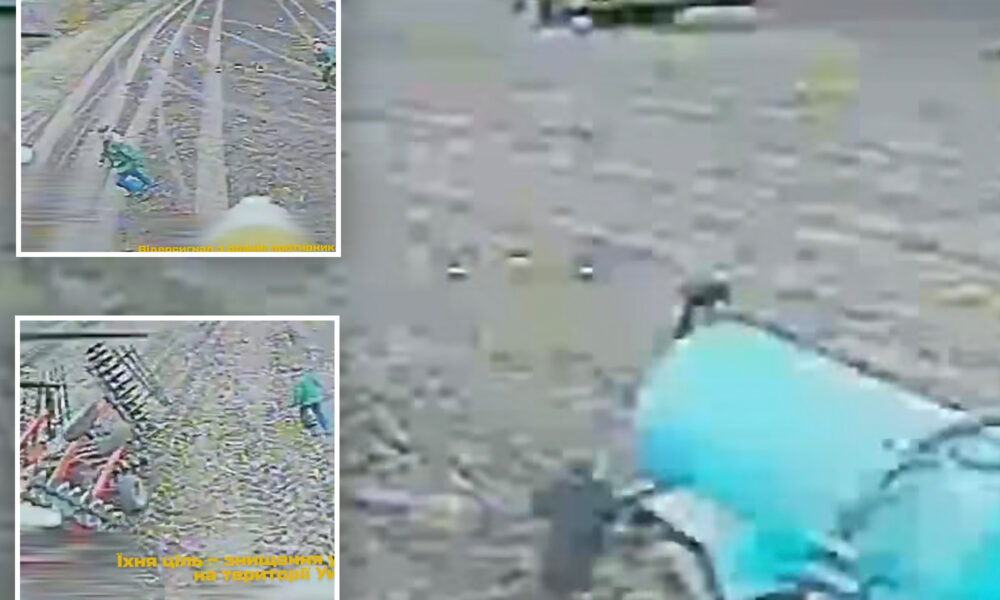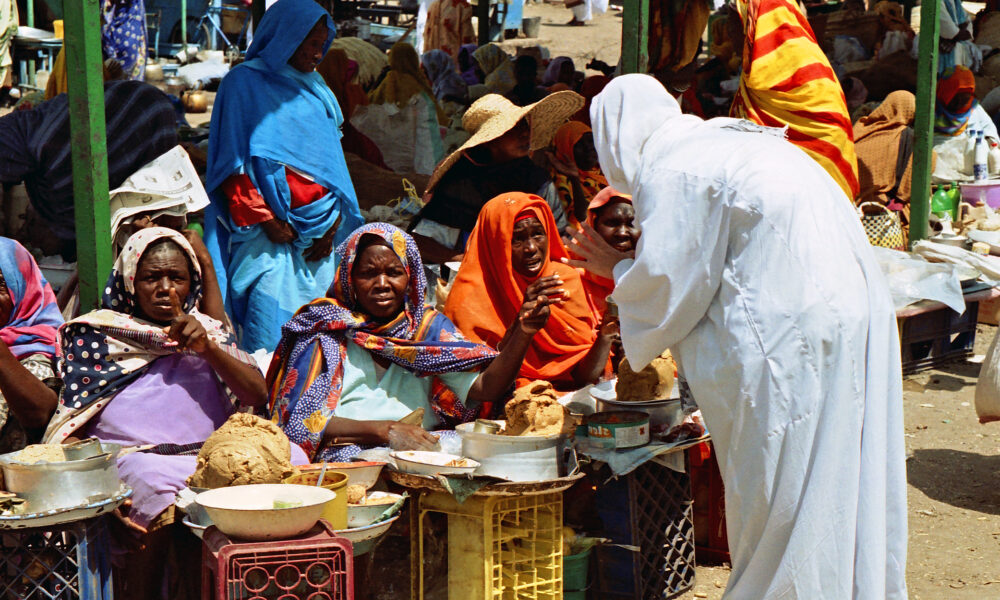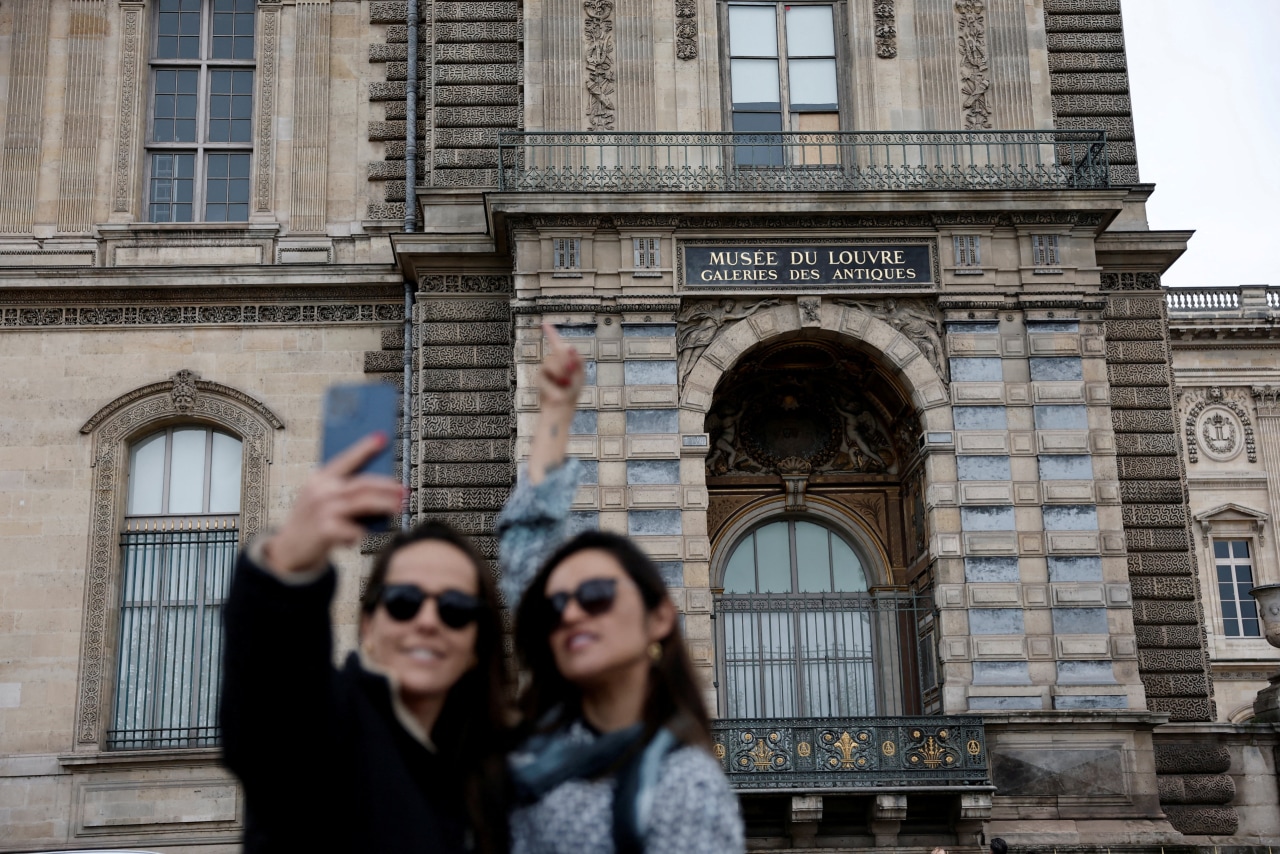Rock climbers in Victoria are openly resisting the state’s voluntary bans on climbing routes near Mount Arapiles, despite a request from the government to respect the area’s Indigenous heritage. Mount Arapiles, located in western Victoria, is considered one of Australia’s premier rock climbing destinations, known not only for its challenging routes but also for its ancient Indigenous sites and rock art.
The region is home to tens of thousands of artefacts, scarred trees, and rock art that dates back at least 3,000 years. According to a management plan by Parks Victoria, the area includes one of the largest Indigenous stone quarry complexes found in Australia. In light of these cultural significances, Parks Victoria has asked climbers to refrain from using five specific routes in the park: Chicken Boulder, Pharos Boulders, Plaque Rock, Taylors Rock, and Castle Crag.
A notice issued by Parks Victoria states, “While Parks Victoria and Barengi Gadjin Land Council determine a longer-term management response, and out of respect for this significant cultural landscape, visitors are requested to not enter this area.” The agency is in the process of developing an amendment to the Dyurrite cultural landscape management plan, which may result in more permanent restrictions. However, it should be noted that there has been no official change to climbing access at Mount Arapiles, and Parks Victoria does not have the authority to enforce these voluntary bans.
Despite the official requests, many climbers have taken to social media to express their intention to disregard the bans. Comments on a popular climbing Facebook page indicate a strong sentiment against the restrictions. One climber remarked, “What are they going to do … chase someone up a hard core 30?” This sentiment reflects a broader resistance within the community, many of whom feel that the proposed bans disregard the significance of rock climbing in the area.
In February 2023, a consultation process was conducted, gathering feedback from over 1,000 individuals, with 90% identifying as rock climbers. The results revealed a prevailing theme: participants viewed the proposed amendments as a significant loss for the climbing community, diminishing Mount Arapiles’ status as a leading climbing destination. The consultation process yielded 581 submissions and 1,094 online surveys, alongside an online information session attended by more than 365 people.
The summary report concluded, “The overwhelming majority of participants expressed concern about the consultation process and felt a strong sense of loss for their much-loved rock-climbing activity.” While many climbers acknowledged the importance of protecting cultural heritage, there was a strong call for reconsideration of the scope of the proposed restrictions. The report highlighted the bond the climbing community has with the land, stating, “The climbing community has built a special bond with the land as well that should not be ignored.”
A spokesperson for the Victorian government emphasized that “the great outdoors are to be experienced and admired, not locked away.” They noted that work on the management plan has been paused while the Community Working Group collaborates to create more diverse and inclusive opportunities for people to enjoy and access Dyurrite.
Mount Arapiles, also known as Dyurrite, attracts thousands of visitors annually, drawn by its reputation for some of the best climbing routes in the country. As discussions continue regarding the preservation of Indigenous heritage and the rights of climbers, the future of climbing at Mount Arapiles remains uncertain.







